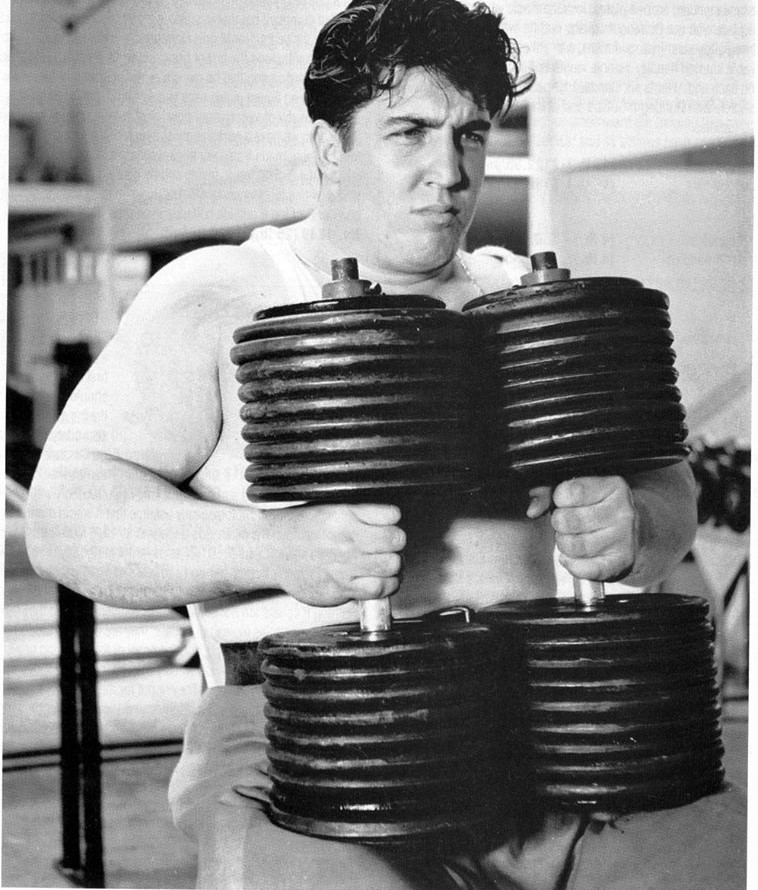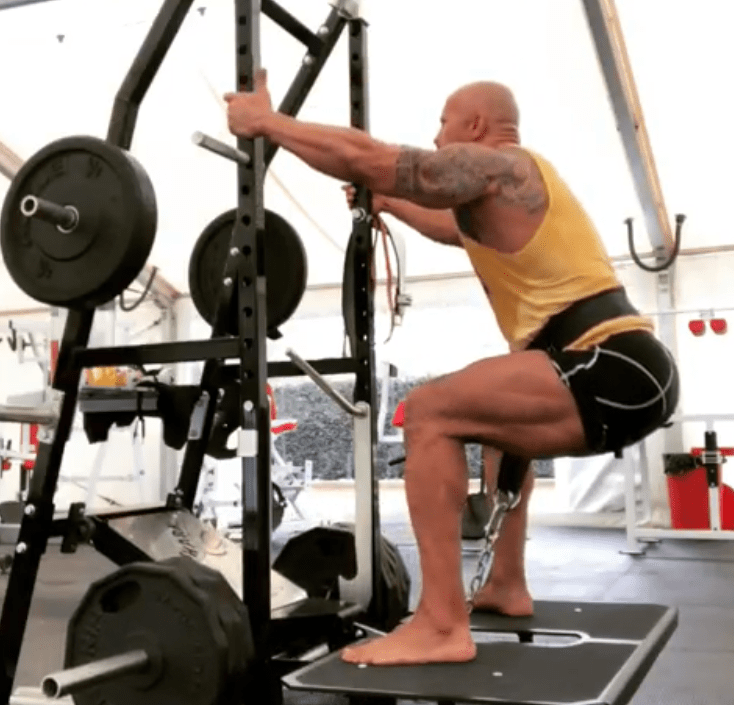Pexels: Theresa Kumazah
Progressive resistance exercise is the key to successful weight-training. It’s the engine for continuously maximizing strength and muscle gains. This principle focuses on gradually increasing the demands placed on the muscles over time. By progressively overloading muscles, weight-trainers stimulate adaptations that lead to enhanced strength, growth, and overall fitness. Let’s delve deeper into the principle of progressive resistance exercise, its benefits, and strategies for best implementing it.
UNDERSTANDING PROGRESSIVE RESISTANCE EXERCISE
Progressive resistance exercise involves systematically increasing the intensity, volume, or complexity of the exercises performed to consistently challenge the body. The principle is based on the idea that the body adapts to the stress placed upon it, leading to improvements in muscular strength and endurance.
There are two key aspects of progressive resistance exercise:
Muscle Adaptation
During resistance exercise, the muscles experience damage. In response, the body repairs and rebuilds the muscle fibers, resulting in increased strength and size. Progressive resistance training ensures that the muscles are continuously exposed to a greater workload, triggering ongoing adaptation.
Overload Principle
The principle of progressive resistance aligns with the overload principle, which states that in order to stimulate further improvements, the muscles must be subjected to stress beyond their accustomed level. By progressively increasing the demands on the muscles, weight-trainers provide stimulus for continued progress.

BENEFITS OF PROGRESSIVE RESISTANCE EXERCISE
Implementing progressive resistance exercise into your training regimen offers several benefits:
Increased Strength
Progressive overload challenges the muscles, leading to neuromuscular adaptations that result in increased strength. By gradually increasing resistance, weight-trainers can surpass previous limits and develop greater strength levels.
Muscle Hypertrophy
Progressive resistance is a key driver of muscle growth. As the muscles adapt to the increasing demands, they undergo structural changes, such as an increase in protein synthesis and the growth of muscle fibers.
Enhanced Power and Performance
Progressive resistance exercise improves power output, allowing you to generate more force and perform at higher levels of intensity. This translates to improved athletic performance, whether in sports, recreational activities, or daily tasks.
Metabolic Benefits
Resistance training, including progressive resistance exercise, contributes to increased muscle mass, which can enhance metabolic rate and support healthy body composition. This can aid in weight management and overall metabolic health.
STRATEGIES FOR IMPLEMENTING PROGRESSIVE RESISTANCE EXERCISE
There are four main strategies for effectively applying progressive resistance exercise:
Gradual Load Progression
Increase the resistance over time. Either get more reps with the same weight or the same reps with more weight. Aim for incremental increases that challenge the muscles without compromising form or risking injury. A training philosophy like Doggcrapp, based on this principle, advocates using the 2 1/2 pound plates to make small but meaningful gains in workout after workout.

Increase Volume
Adjust the number of sets, repetitions, or training frequency to gradually increase the overall workout volume. This can be achieved by adding more sets or reps, or increasing training frequency for specific muscle groups.
Intensity Techniques
Incorporate intensity techniques such as drop sets, supersets, or rest-pause sets to add variation and challenge to your workouts. These techniques can elicit additional muscle recruitment and stimulate further adaptation.
Exercise Variation
Periodically vary the exercises performed to target the muscles from different angles and stimulate different muscle fibers. This can help prevent plateaus and provide continuous progress.
PROGRESSIVE RESISTANCE EXERCISE: CONCLUSION
The principle of progressive resistance exercise serves as a foundation for weight-training. By progressively increasing the demands placed on the muscles, weight-trainers can improve strength, muscle growth, and enhanced overall fitness. Remember to prioritize proper form, listen to your body, and allow for adequate recovery to optimize the benefits of progressive resistance exercise.
Sources
Schoenfeld, Brad J. (2010), “The mechanisms of muscle hypertrophy and their application to resistance training,” Journal of Strength and Conditioning Research, 24(10), 2857-2872. Link.
Kraemer, Willliam J., & Ratamess, Nicholas A. (2004), “Fundamentals of resistance training: Progression and exercise prescription,” Medicine & Science in Sports & Exercise, 36(4), 674-688. Link.
Ratamess, Nicholas A., et al. (2009), “Progression models in resistance training for healthy adults.” Medicine & Science in Sports & Exercise, 41(3), 687-708. Link.
Fleck, Steven J., & Kraemer, William J. (2014), “Designing resistance training programs” (4th ed.), Human Kinetics. Link.
Grgic, Jozo, et al. (2020), “The effects of resistance training on muscle strength and hypertrophy in young and older adults: A systematic review and meta-analysis,” Frontiers in Physiology, 11, 799. Link.
















































